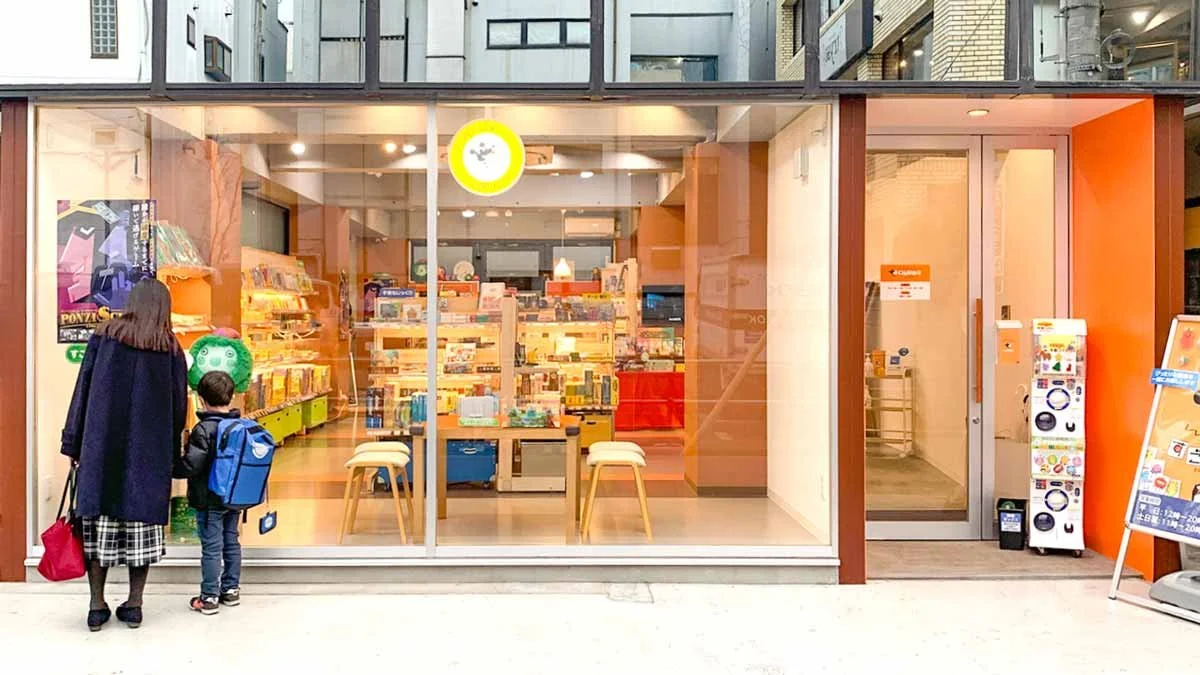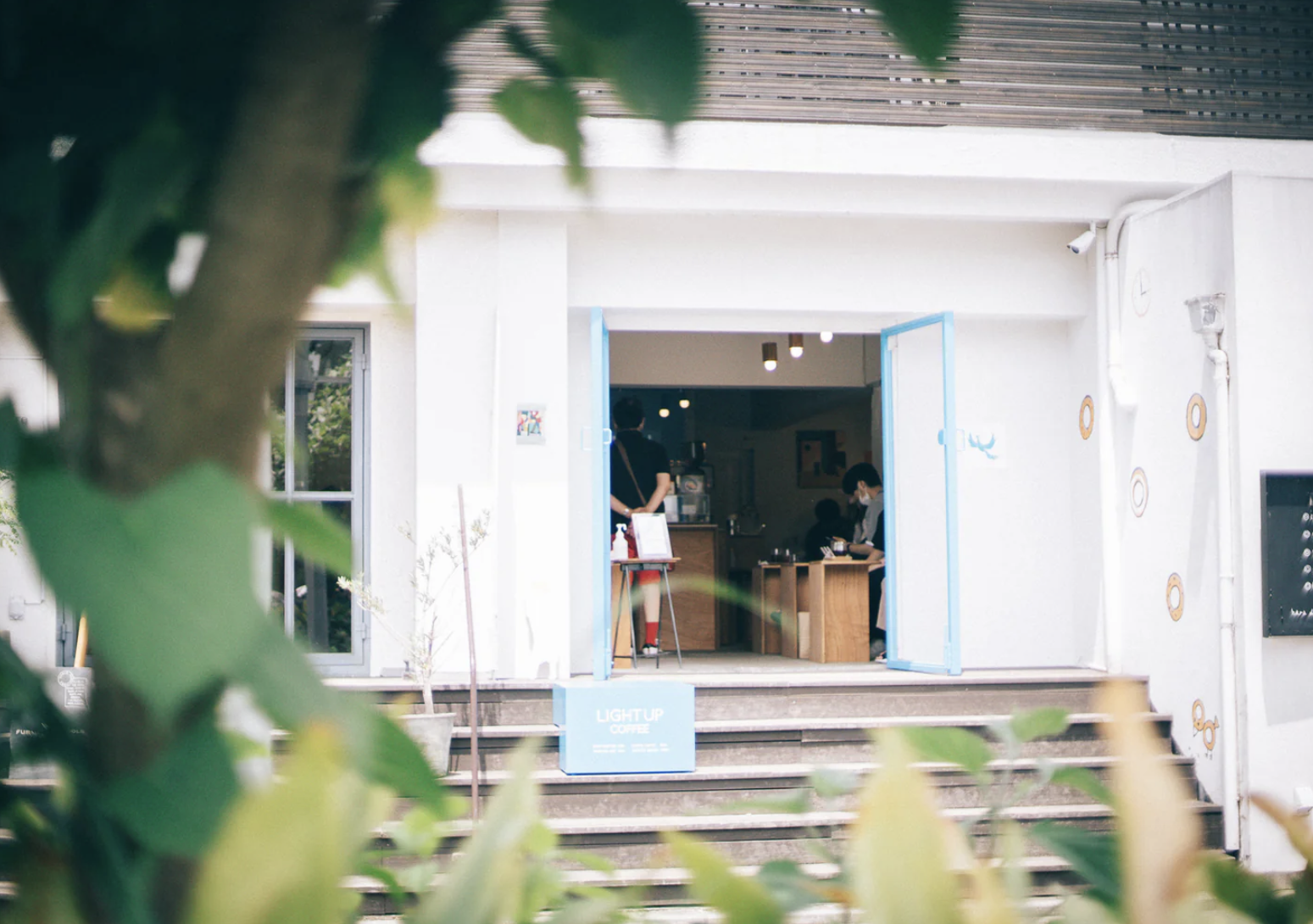The Japanese Kimono: History, Meaning, and Where to Experience It in Japan
The kimono (着物), literally meaning “a thing to wear” (ki = wear, mono = thing), is one of the most iconic symbols of Japanese tradition. Far more than just traditional clothing, the kimono represents centuries of cultural evolution, social symbolism, and refined artistry.
📜 A Brief History of the Kimono
The modern kimono began to take shape during the Heian period (794–1185), with the introduction of the straight-line-cut technique, allowing for versatile layering and ease of movement. It became deeply embedded in everyday dress and ceremony.
By the Edo period (1603–1868), the kimono evolved into a carefully regulated garment, reflecting one's social status, marital status, and profession through colors, patterns, and accessories. Wearing a kimono became both a fashion statement and a social marker.
🖋️ Symbolism and Meaning in Kimono Design
Each kimono is a unique canvas of cultural storytelling:
Cranes (tsuru) represent longevity and good fortune
Cherry blossoms (sakura) symbolize the transience of life
Seasonal colors and motifs reflect the time of year, social roles, and the wearer’s age
Younger, unmarried women often wear furisode—vibrant kimonos with long, flowing sleeves—while married women wear more subdued designs with shorter sleeves.
🧵 How a Kimono is Worn: Tradition Meets Complexity
A formal kimono is composed of multiple parts, including:
Juban (undergarment)
Obi (wide sash tied in decorative knots)
Obiage, obijime, and various accessories
Wearing a kimono properly often requires a professional dresser, especially for formal occasions like weddings, tea ceremonies, or coming-of-age ceremonies.
🌸 Experience Wearing a Kimono in Japan
Today, wearing a kimono is a popular cultural experience for visitors to Japan. You’ll find kimono rental shops in cities like Kyoto, Tokyo, Kanazawa, and Asakusa, where professional staff help dress you in full attire and even offer photo shoots or tea ceremony add-ons.
🔗 Disclosure: This post contains affiliate links. If you book through these links, Japan Junket may earn a small commission at no additional cost to you. Thank you for supporting our work!
🎎 The Kimono’s Enduring Cultural Significance
While the kimono is no longer everyday wear for most, its cultural and artistic importance remains as strong as ever. Whether worn for celebration or displayed as art, the kimono continues to serve as a bridge between Japan’s past and present, offering insight into values of elegance, symbolism, and tradition.
You May Also Like
Related Travel Guides








